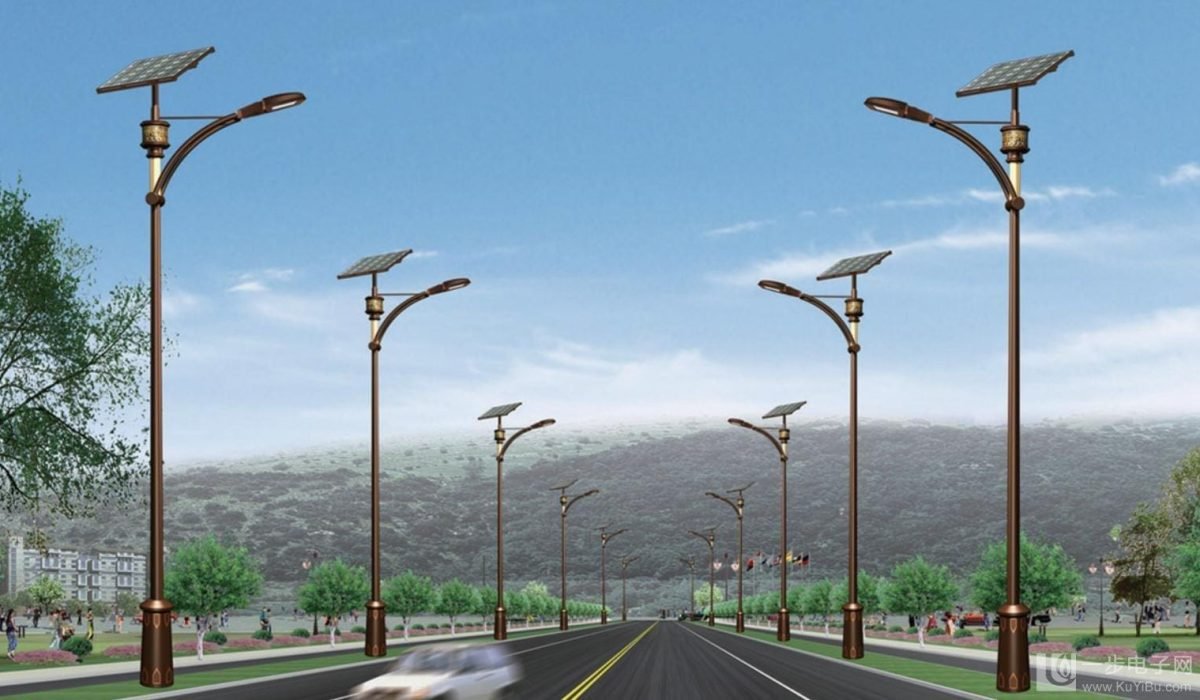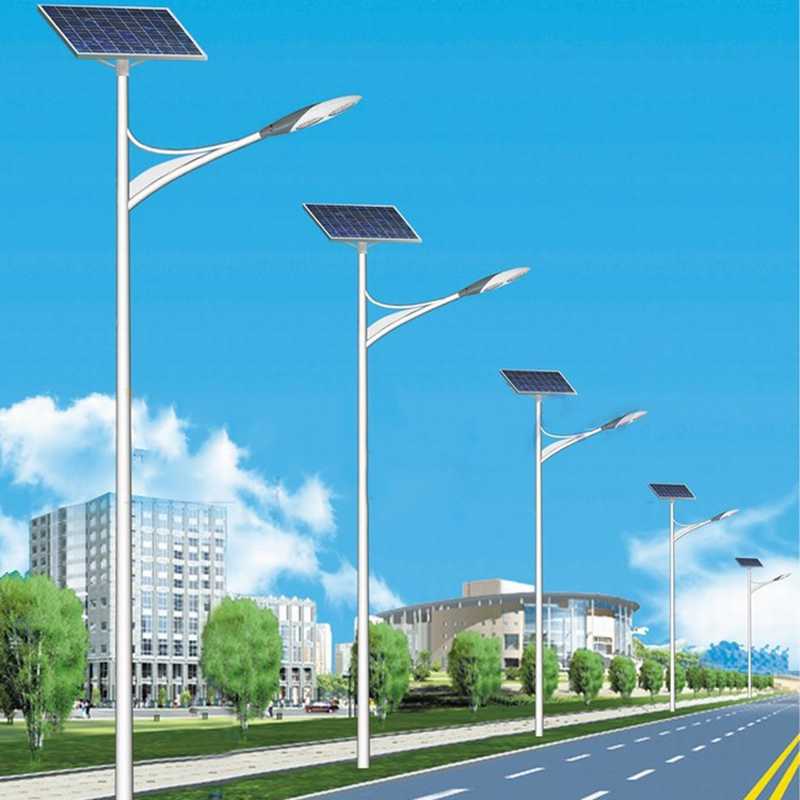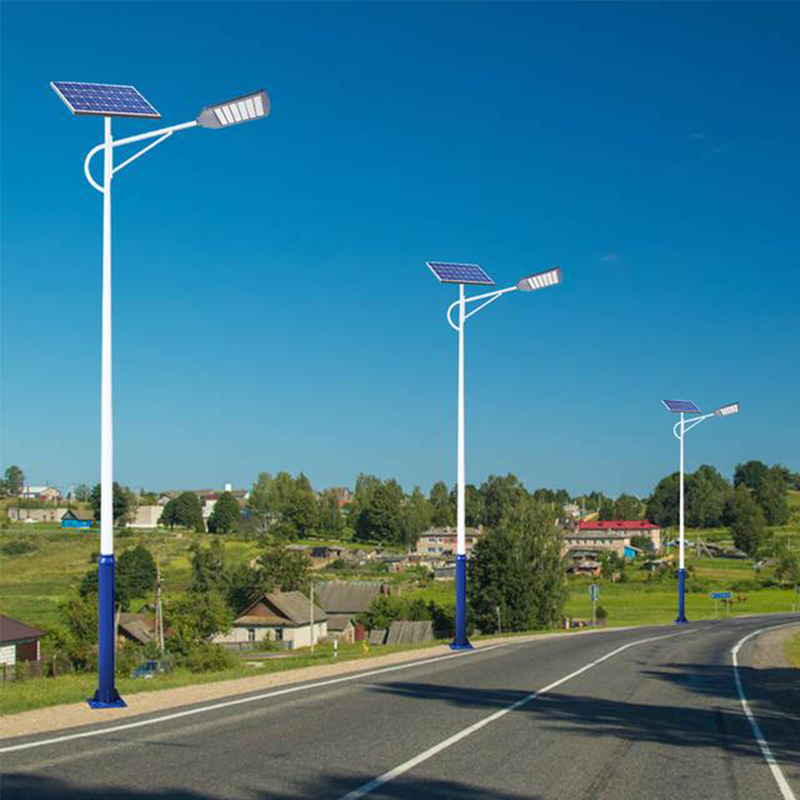Urban lighting is evolving rapidly. With the rise of solar energy, IoT, and automation, cities are adopting smarter systems that cut costs, boost safety, and align with sustainability goals.
Smart lighting—powered by renewable energy and intelligent controls—solves real operational issues while preparing cities for a more connected future.
Let’s explore how this shift addresses long-standing challenges and unlocks new potential for urban infrastructure.
1. The Hidden Costs of Legacy Lighting Systems
Traditional lighting may seem functional on the surface—but behind the scenes, it often consumes too much energy, requires frequent maintenance, and offers no flexibility.
Outdated systems strain budgets, create safety risks, and limit visibility into operations.
Poor lighting impacts more than just electricity bills. Dim or unreliable illumination can reduce public confidence and create operational bottlenecks for facility managers.
Real-World Scenario: A shopping plaza with aging lights saw foot traffic drop in the evenings. Poor visibility made customers feel unsafe—hurting revenue and prompting complaints.
2. What Makes Smart Lighting Different?
Smart streetlights go beyond timers and motion detectors. They integrate sensors, AI, and real-time data to adjust brightness based on traffic, weather, or activity.
By adapting to context, smart systems lower energy use while improving visibility where it’s needed most.
Key Advantages:
- Energy Efficiency via adaptive dimming and automation
- Public Safety through better lighting in key areas
- Centralized Monitoring for faster response and issue tracking
Feedback from Operators: “We’ve cut our lighting costs significantly and reduced service calls. The improved visibility is a bonus.”
3. Lighting with Solar and Renewable Energy
Cities are increasingly turning to solar-powered streetlights to reduce grid dependence and improve energy resilience.
Solar systems provide off-grid operation and ensure lighting continues during outages.
Why It’s Effective:
- For Cities: Meets climate targets and lowers operating costs
- For Developers: Supports green certification and appeals to eco-conscious buyers
Impact Example: In one new residential development, solar streetlights helped the project earn green building certification and improved community perception.
4. Adaptive Lighting in Action
Not all streets require full brightness all night. Adaptive lighting responds to motion or ambient conditions.
This approach balances safety, visibility, and energy savings—without disturbing residents.
Example Use Case: On a quiet street, lights remain dim until a jogger passes. Brightness increases momentarily, then fades. The result: safety without waste.
5. The Value of Data in Modern Lighting
Today’s smart lighting systems generate actionable data that helps cities plan, manage, and optimize infrastructure.
Lighting poles now double as data hubs—helping detect outages, monitor energy use, and schedule preventive maintenance.
System Capabilities:
- Real-time diagnostics and energy reporting
- Automatic alerts before failures occur
- Heat maps of usage for smarter urban planning
Client Insight: “Before, we only fixed lights when someone complained. Now we get alerts early and act before issues arise.”
6. Addressing Implementation Challenges
Like any new infrastructure, smart lighting requires upfront investment, system integration, and community support.
But thanks to falling hardware prices, modular designs, and incentive programs, deployment is becoming more accessible.
Recommendations:
- Work with vendors who offer scalable solutions
- Use lifecycle cost savings to justify investment
- Involve local stakeholders early for smoother adoption
7. Smart Streetlights as Urban Infrastructure Hubs
Streetlights are no longer single-purpose utilities. They now support Wi-Fi, EV charging, air quality sensors, and more.
Smart poles are foundational to modern connected cities.
Long-Term Benefits:
- Enhanced safety through responsive lighting
- Lower environmental footprint
- Integration with other smart services (e.g., traffic management)
Expert Perspective: Forward-thinking cities treat lighting poles as platforms—not just light sources.
Conclusion
The next generation of street lighting is about more than LEDs or lower bills. It’s about solving real problems—from safety to sustainability.
For cities planning infrastructure upgrades, smart lighting offers a practical, future-ready solution with measurable returns.






